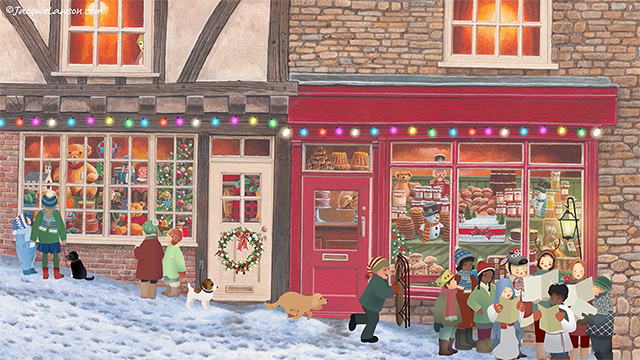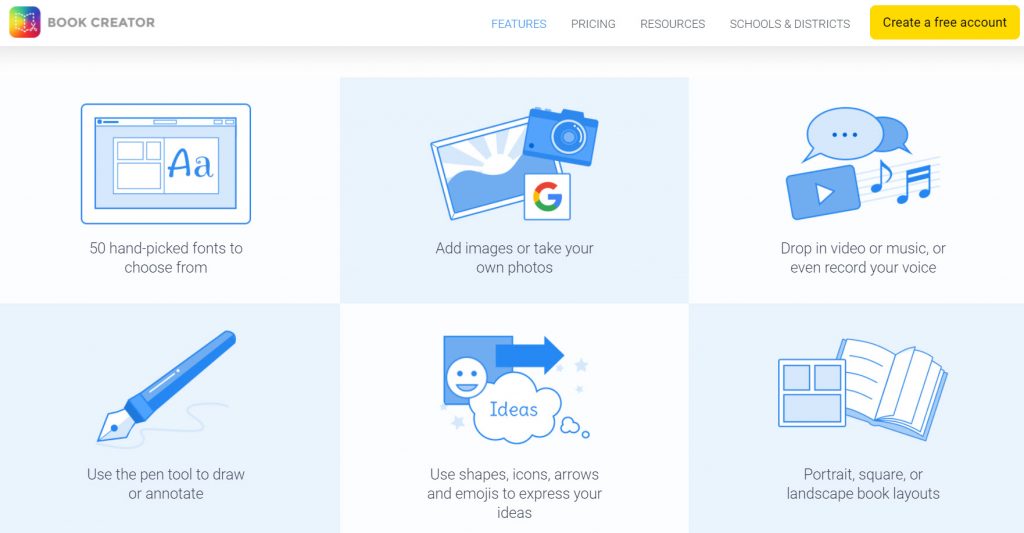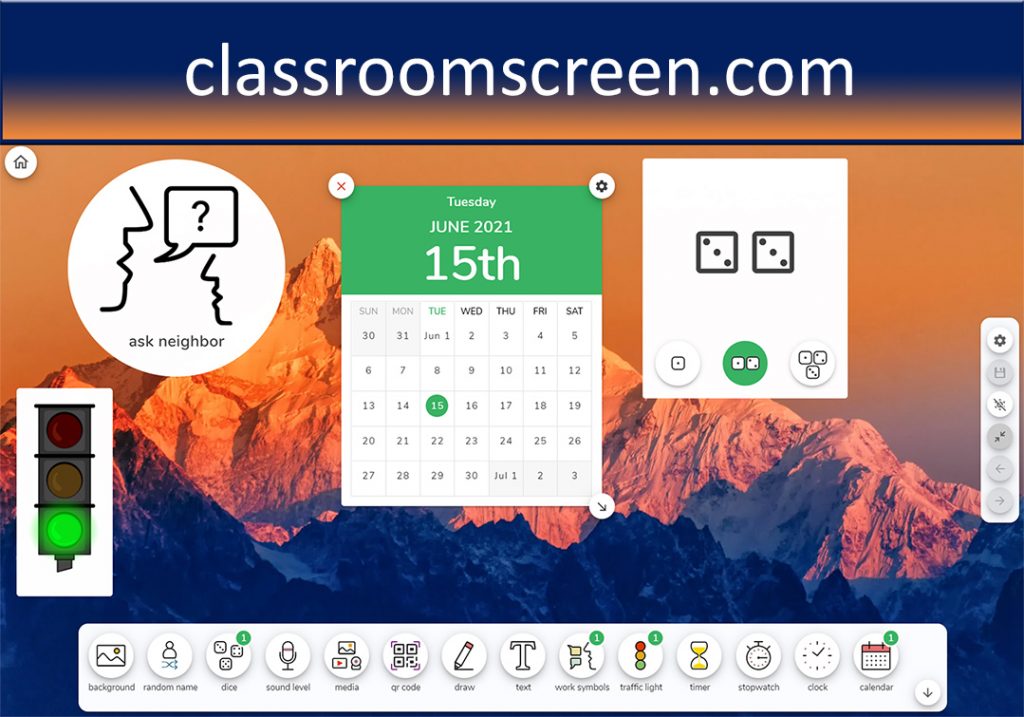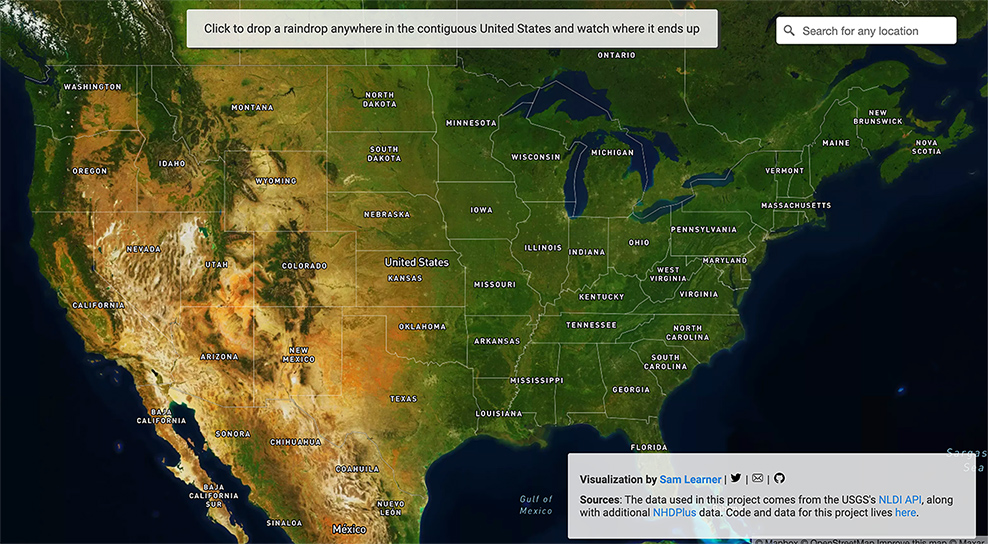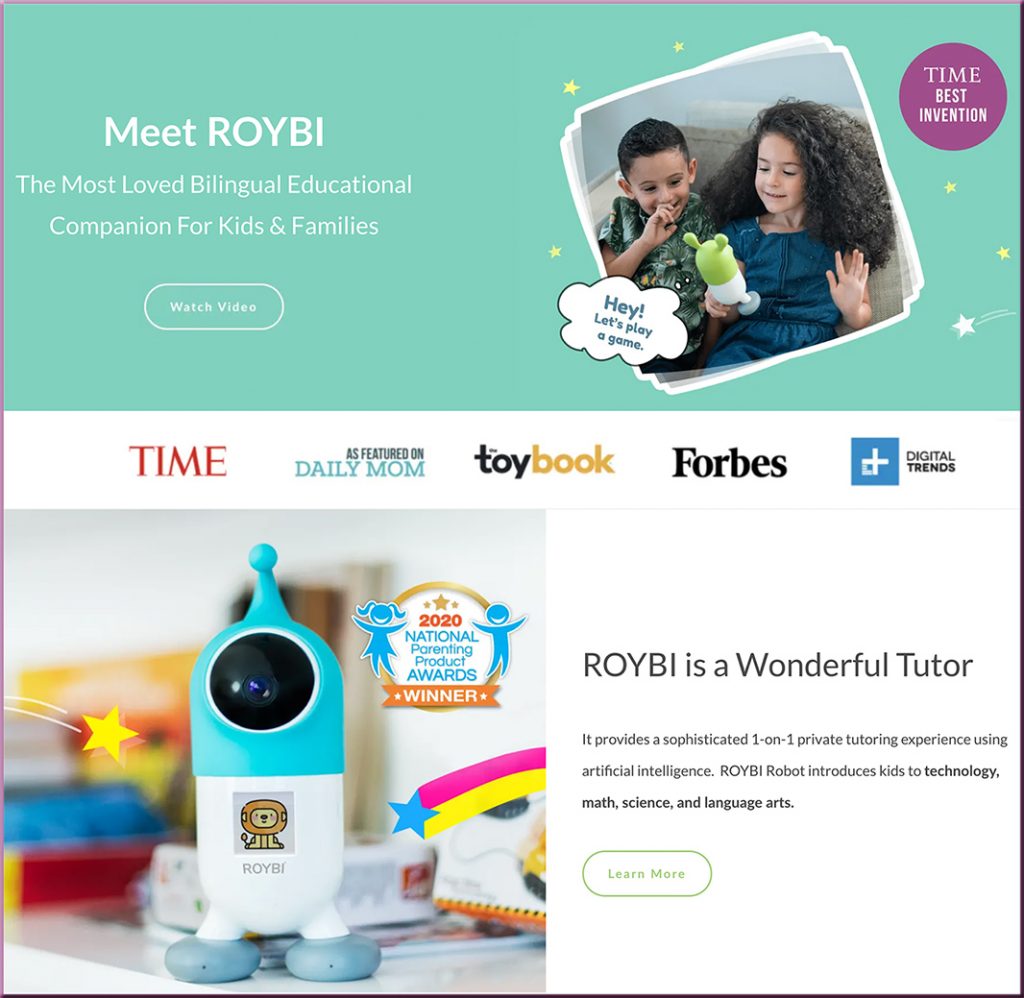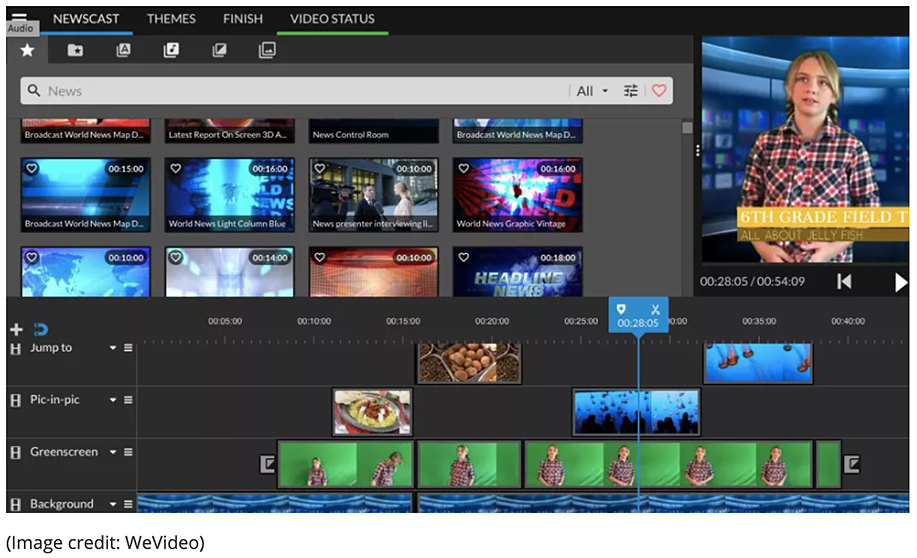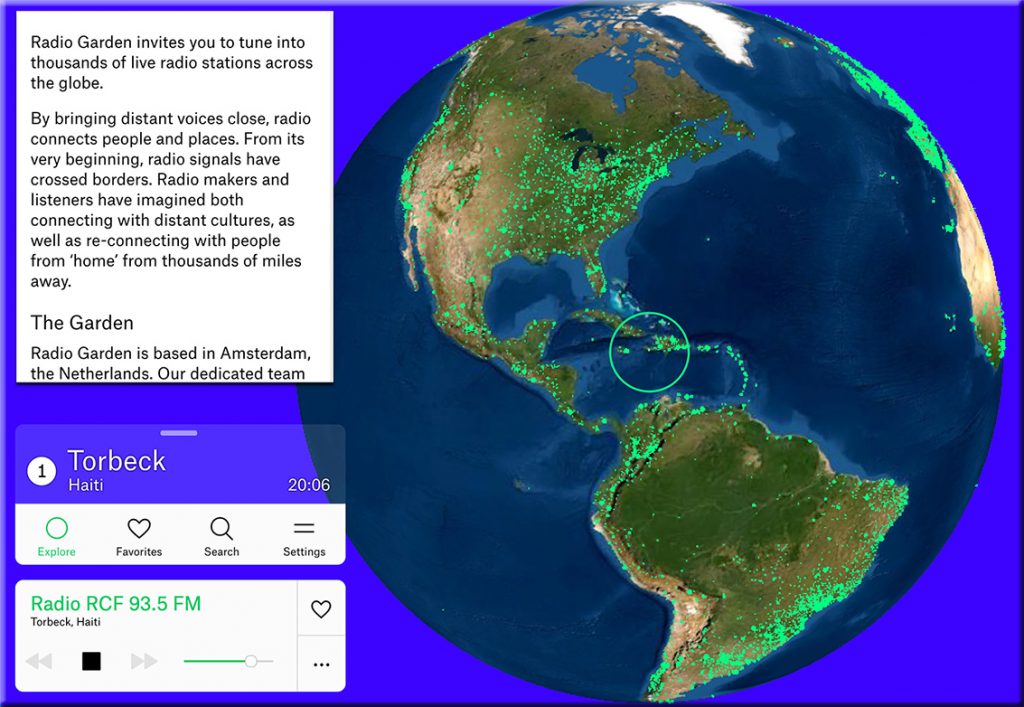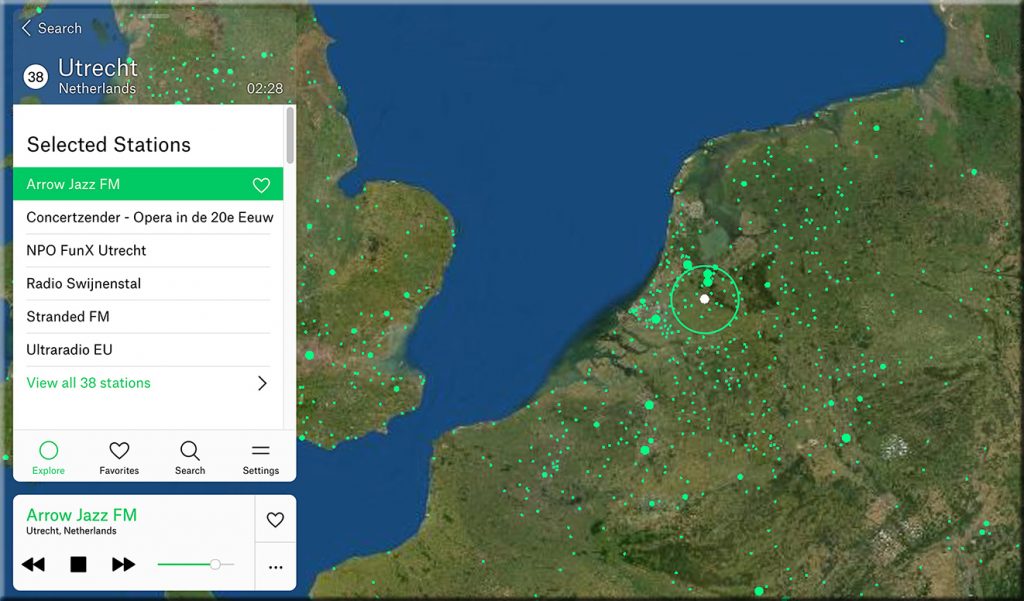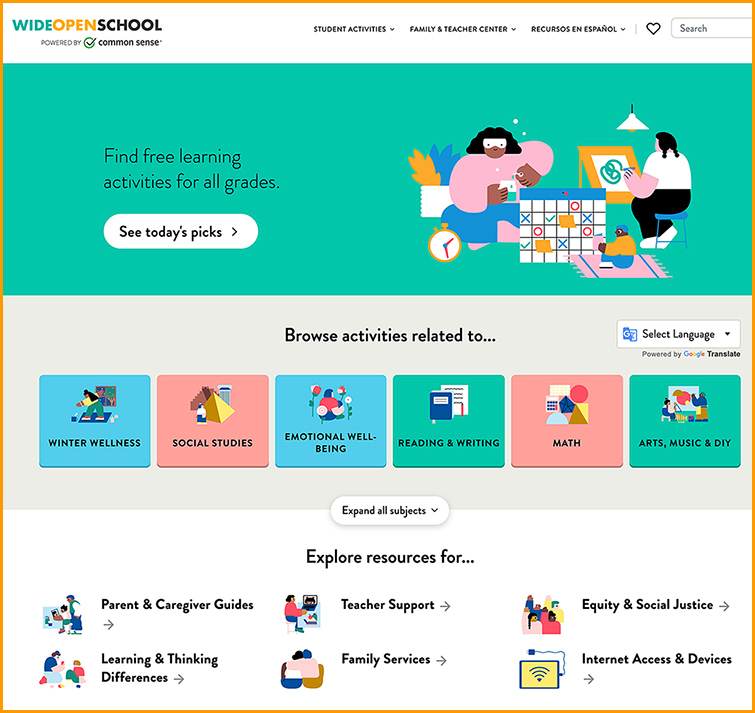Classical Music Mashup IV — from theawesomer.com
What Will Online Learning Look Like in 10 Years? Zoom Has Some Ideas — from edsurge.com by Stephen Noonoo
Excerpt:
This week at Zoom’s annual conference, Zoomtopia, a trio of education-focused Zoom employees (er, Zoomers?) speculated wildly about what hybrid Zoom learning might look like 10 years from now, given the warp speed advances in artificial intelligence and machine learning expected. Below are highlights of their grandiose, if sometimes vague, vision for the future of learning on Zoom.
Zoom very much sees itself as one day innovating on personalized learning in a substantial way, although beyond breakout rooms and instant translation services, they have few concrete ideas in mind. Mostly, the company says it will be working to add more choices to how teachers can present materials and how students can display mastery to teachers in realtime. They’re bullish on Kahoot-like gamification features and new ways of assessing students, too.
Also see:
An Eighth Grader Was Tired of Being Late to Zoom School. So He Made an App for That. — from edsurge.com by Nadia Tamez-Robledo
“I could not find anything else that exists like this to automatically join meetings at the right times,” says Seth, a high school freshman based in Walnut Creek, Calif. “Reminders are just really easy to ignore. I’ll get a notification maybe five minutes before my meeting, and it’ll just sit there and not do anything. [LinkJoin] interrupts whatever you’re doing and says, ‘Join this meeting. In fact it’s already opening, so better get on it.’”
Transforming the classroom with augmented learning — from thetechedvocate.org by Matthew Lynch
Excerpt:
Forbes documented the many ways that augmented reality (AR) has come to life in recent years. They list several award-winning apps that use AR. A few are:
- The “Gatwick Airport Passenger” App, which helps passengers navigate the airport;
- The “Dulux Visualizer” App, which lets you virtually scan and paint your room any color you choose;
- “Envisioned by the Mine” App, which lets you put 3D images of any type of accessory or furnishing in your home that Lowe’s offers;
- “Sephora Virtual Artist”, which allows you to “put makeup on” without actually touching brush to face;
- “Accuvein”, which doctors and nurses use to scan a patient’s vein network (it reduces escalations by 45%);
- And, of course, there are apps like the “BIC DrawyBook App” just for fun.
But what about the classroom? Can we see a future in transforming the classroom with augmented learning?
From DSC:
Along the lines of developing creativity with edtech…
I saw another item recently about Book Creator, something that’s made this blog before. I love that type of tool because it promotes creativity, unleashes a student’s imagination, promotes their artwork and writing/storytelling and their musical or acting abilities, and it develops skills in design and developing multimedia-based artifacts. For teachers, it could be a nice project-based learning exercise.
I asked our youngest daughter if she would like to use it…we’ll see. You can get a free account that allows you to publish up to 40 books. (Plus there is pricing for schools and districts.)
And who knows…? This type of thing might just produce the next J.K. Rowling or a J.J. Abrams.

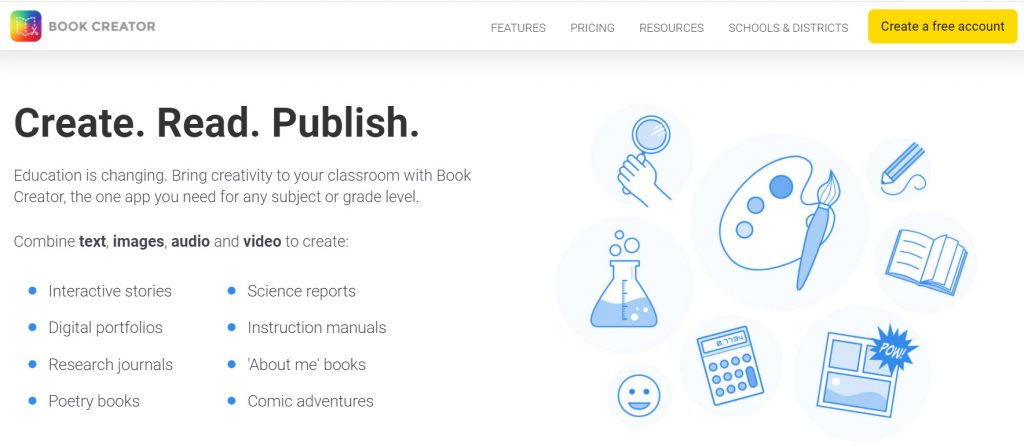
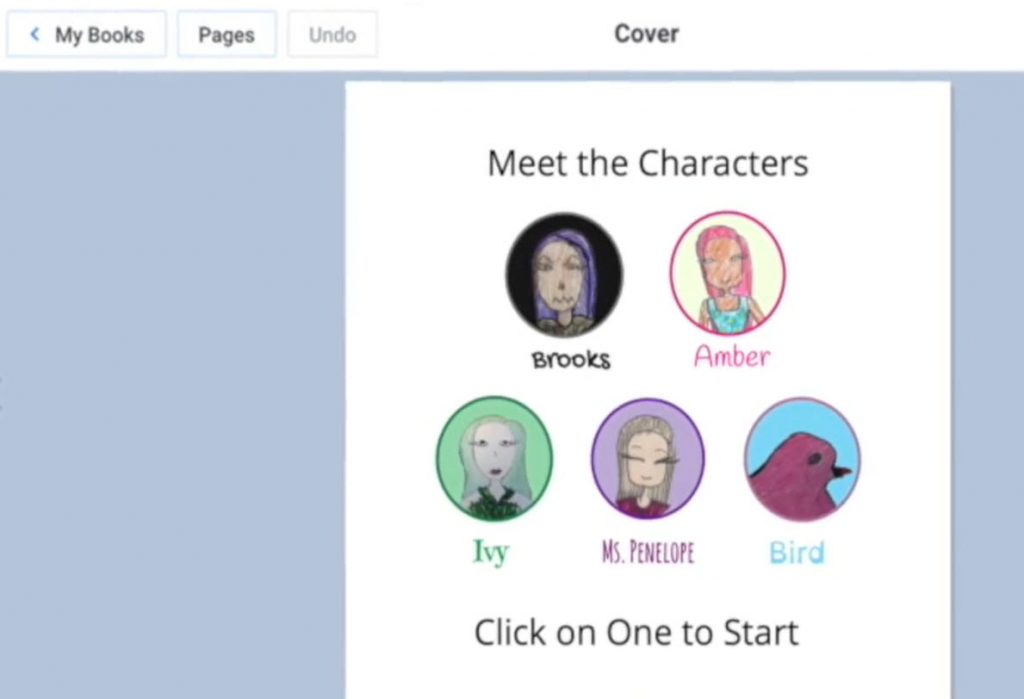
What I Learned: 4 Things L&D Should Borrow from Peloton — from learningsolutionsmag.com by JD Dillon
But modern technology has evolved the experience in ways that can inspire L&D solutions.
Excerpt:
Engagement is personal. What motivates me may not motivate you. Therefore, the best gamified systems allow users to make their own choices with regards to how they engage. Some will change their behavior to earn points, ascend the leaderboard, and capture rewards. Others will disengage if they’re forced into a competitive environment. It’s fun to scroll through my Peloton badge collection, but it doesn’t bring me back for the next ride.
From DSC:
One of our daughters — who just graduated from college with a degree in Early Education — told me about a fun tool for classroom management. It’s called ClassroomScreen.com. I just thought I’d pass it along in case you want to try it out!
“Support your class activities, stimulate engagement and help your students get to work by using the intuitive tools of Classroomscreen.”
She also mentioned:
- Slides.go — Free Google Slides and PowerPoint templates to boost your presentations
- Teacher TikTok — elementary teacher, classroom resources
Leveraging EdTech: brilliant tools for student voice — from global-edtech.com by Cecilia Astolfi
Cecilia Astolfi provides three very useful tips for any teachers wishing to promote student voice in the classroom
There are three tools I recommend in order to enhance the ability of students to express their views in a constructive and valuable manner.
Best Microsoft PowerPoint Tips and Tricks for Teachers — from by Luke Edwards
You may be amazed to see how much you can get out of Microsoft PowerPoint as a teacher
Excerpt:
5. Create Instagram Stories in PowerPoint
Another social media app that has great traction with students is Instagram, specifically the Stories feature that allows you to share images or videos from the day, which are wiped for a fresh set each day.
Imagine doing this in class? Perhaps the students could carry on a story you were studying in class. Maybe they could tell the tale of a comet as it travels through space. The options are huge and it’s easy to do using this PowerPoint template as a starting point.
6 kids games that make math learning engaging and entertaining — from educatorstechnology.com
Excerpt:
BBC School Radio Maths is an excellent educational resource we learned from MakeUseOf‘ s list of 10 Cool Math Games for Kids. School Radio Maths offers a wide variety of educational games to help kids develop their math skills. Kids will get to grapple with various numeracy challenges that involves a higher degree of mental skills. The games are entertaining enough to keep pupils motivated and focused on the learning task at hand.
6 strategies to help you improve your math skills — from educatorstechnology.com
Excerpt:
As a child, did you love math back in the elementary? Now that you are an adult, do you feel awkward with your Mathematic’s skills? Let’s admit it – not everyone is great at Math. Some find it fun, brilliant, stimulating others find it too difficult to comprehend.
However, the stigma associated with math learning is not always true especially knowing that Math is omnipresent and is being used in almost every facet of our life. The purpose of this post is to share with you some of the ways to help you strengthen your Math skills.
This map lets you fly along the path of a drop of water from any place in the U.S. — from fastcompany.com by Adele Peters
Click on any spot or enter an address, and it will show where the water is likely to flow. Good for both learning how pollution and plastic spreads, but also for an aerial visual ride of the country’s waterways.
Also see: river-runner.samlearner.com/
Hands-On with the Lego Snapchat Augmented Reality Experience That Lets You Build With Friends Remotely — from next.reality.news by Adario Strange
Excerpt:
The world of Lego is timeless primarily because everyone, regardless of age or background, can build a wide variety of amazing things with the simple component blocks from the classic toymaker.
But now that Snapchat has brought that dynamic to augmented reality via the Rebuild the World Snapchat Lens the possibilities are truly endless.
Snap Spectacles Early Prototype, Volkswagen Drives into AR, Inside Lego Snapchat, & Instagram Updates AR — from next.reality.news by Tommy Palladino
Best Apps To Learn The Korean Language — from edtechreview.in by Saniya Khan
Excerpt:
Korean, one of the popular Asian languages for non-native speakers, is the official language of the Republic of Korea (South Korea) and the Democratic People’s Republic of Korea (North Korea).
This is an increasingly important language globally considering South Korea’s powerful economy, geopolitical importance, and growing presence in Asian pop culture; perhaps one reason for garnering a surprising amount of interest in people worldwide to learn the Korean language.
5 Places to Sell Your Artwork Online — from hongkiat.com
Excerpt:
Selling art online is making a comeback. Artists have been selling their work on the Internet but as of late, there’s an increase in online art sales. You can of course build your own website to share your art, run your own marketing and promotional exercise via social media and other channels but you will probably gain more exposure with the following websites . Time to get your beautiful art out there.
12 good edtech tools to use in your distance education — from educatorstechnology.com
Excerpt:
Looking for some educational websites to help you with the management of your online (and also face-to-face) classroom teaching? The list below has you covered. It features a collection of some popular web tools you can use to perform a wide variety of educational tasks. These include: creating interactive video lessons, collect formative assessments and provide real-time feedback to students, enhance students learning through the use of digital games and flashcards, create online classes and share assignments and learning resources with students, organize students into appropriate learning groups and many more. Links to these websites are under the visual.
Per Elnaz Sarraf (She/Her), Chief Evangelist at ROYBI Robot:
ROYBI INC, the creator of the award-winning ROYBI Robot, announced today that it was named the winner of the World Economic Forum Smart Toy Awards 2021 in the category of Smart Companion. This is a remarkable achievement!
The category winner had to meet four important criteria:
- Data Privacy & Cybersecurity
- Accessibility
- Innovative Use of AI Transparency
- Healthy Play in Childhood Development.
According to the World Economic Forum representative, Seth Bergeson, our ROYBI Robot met and exceeded these important criteria. ROYBI’s award acceptance ceremony can be watched here.
Also see:
Making VR a Reality in the Classroom — from er.educause.edu by Cat Flynn and Peter Frost
Faculty and staff at Southern New Hampshire University piloted virtual reality in an undergraduate psychology course to see if it can be an effective pedagogical tool.
Excerpt:
Meeting the Learning Needs of Gen Z and Beyond
While this study was conducted with current SNHU undergraduates, our team aimed to understand the implications of immersive learning for both today’s students and future learners.
…
Given Gen Z’s documented love for gaming and their desire for higher education to equip them with problem-solving and practical skills, VR provides a confluence of experiential learning and engagement.
From DSC:
Cost and COVID-19 are major issues here, but this is an interesting article nonetheless.
I think Virtual Reality (VR), Mixed Reality (MR), and Augmented Reality (AR) will play a significant role in the future of how we learn. It may take us some time to get there, but I believe that we will.
What Is WeVideo And How Does It Work For Education? — from techlearning.com by Luke Edwards
WeVideo is the online video editing platform aimed at K-12 for students and teachers
Excerpt:
WeVideo is web- and app-based with all the data crunching done in the cloud, making it ideal for use in schools and on less powerful devices. It’s built with a Chromebook focus, for example. The cloud-based nature of the platform also means it can be used collaboratively by students, both in class and remotely.
This platform is built for beginners and younger students, so it’s easy to learn and use. Essentially, there are two modes: Storyboard and Timeline. The first is easier, ideal for getting new students into video editing, while the latter is more complex, allowing students add in more detail and learn to video edit as they might on a more professional system.
Radio.Garden — with thanks to David Pogue for this resource
This is the COOLEST. A Google Earth-type representation of the planet. Every green dot is a radio station. Click any dot to listen in. It’s like cultural teleportation. You could spend hours with this thing… https://t.co/rdEHUUfgvk pic.twitter.com/VJgyzVClJD
— David Pogue (@Pogue) February 14, 2021
From DSC:
This is amazing! Some screenshots:
Several questions/reflections come to my mind:
- What could those teachers and professors who are trying to teach someone a language do with this?!
- If this can be done with radio stations, what can be done with learning-related streams of content?!
- Talk about “More Choice. More Control.” Man o’ man!

Addendum on 2/28/21:
Could this type of interface be used to navigate the world of work? Where instead of nations, you would have arenas of work?
Nearly three-quarters of pandemic affected parents feel students should learn subjects they’re passionate about, not those of little interest — from newswire.ca by Unschooling School
Excerpt:
TORONTO, Feb. 1, 2021 /CNW/ – A nation-wide survey of Canadian parents released today finds that nearly three in four of them (73%) believe the education system today would be better for students if it were structured to give them more choice and time to just learn those subjects and topics, they are either excited or passionate about.
Also, more than two-thirds (67%) want a school reset, so students learn more of the subject areas they’re passionate about and not those of little interest to them.
From DSC:
I feel the same way about many K12 systems here in the United States. Our youngest daughter — who has been studying at home this past year — has so much more energy and passion when we give her more agency to do the things that *she* wants to do and to learn about the things that *she* wants to learn about.

And readers of this blog know that I’m all about the love of learning (or even liking it better), seeing as we all need to be lifelong learners these days.
The more we enjoy learning = The better, more fulfilling, enjoyable that our lives will be! (Not to mention how much more productive we’ll be as well.)
Want Students to Be More Creative? Try Adding More Play. — from spencerauthor.com by John Spencer
An important distance learning resource for teachers, students, & parents — from educatorstechnology.com
Excerpt:
Also see:
From DSC:
Videoconferencing vendors out there:
- Have you done any focus group tests — especially within education — with audio-based or digital video-based versions of emoticons?
. - So instead of clicking on an emoticon as feedback, one could also have some sound effects or movie clips to choose from as well!
.

I’m thinking here of things like DJ’s might have at their disposal. For example, someone tells a bad joke and you hear the drummer in the background:
Or a team loses the spelling-bee word, and hears:
Or a professor wants to get the classes attention as they start their 6pm class:
I realize this could backfire big time…so it would have to be an optional feature that a teacher, professor, trainer, pastor, or a presenter could turn on and off. (Could be fun for podcasters too!)
It seems to me that this could take
engagement to a whole new level!
From DSC:
I want to thank my sisters for the following items, all involving Christmas:
My sister’s watercolor of a Christmas scene:

Also see this fun piece from another of our sisters — Christmas according to kids:
Also see:
If you want to see, hear, and experience some wonderful creativity, artwork, music, and animation that relate to Christmas, you might want to check out the Christmas section out at JacquieLawson.com.

